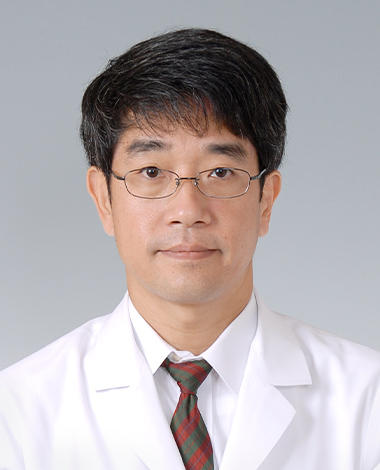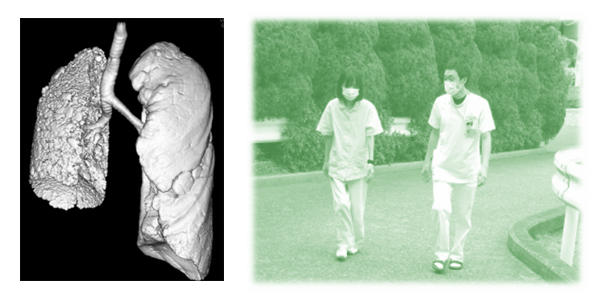Departments and Centers
Center of Organ Transplant Medicine
General information

Organ transplant medicine at Fukuoka University Hospital was started almost 20 years ago with the cadaveric or living-donor kidney transplantation (1984) which was expanded to the living-donor liver transplantation (2004) and living- either cadaveric donor lung transplantation. Fukuoka University Hospital is also one of the key institutes for corneal transplantation in Kyushu area. The Center of Organ Transplant Medicine of Fukuoka University incorporates the following three transplant divisions:
1.Kidney transplantation
Our kidney transplantation follows the "coordinated kidney transplants" policy along with the close cooperation of the Department of Nephrology, Rheumatology, Cardiovascular Surgery, General Surgery, Anesthesia, Psychiatry and Urology. We work as a team on transplant medical care to take good care of each patient. In 2005 laparoscopic donor nephrectomy was introduced to reduce the burden on the donor and ABO-incompatible kidney transplantation was started in 2009, which has produced good results. Many patients returned to their normal life without having any rejection or infections. Kidney transplant also plays an important role in the physical and emotional growth of kidney transplant recipients.
2.Lung transplantation
After the Japanese Organ Transplant Law took effect in 1997, nine institutes in the nation were selected and approved to start lung transplantation. Fukuoka University Hospital was officially approved to conduct lung transplantation in 2005 as a key institute for lung transplantation in Kyushu. The first lung transplantation from a brain-dead donor was successfully performed in October 2006 for the patient with severe bronchiolitis obliterans. A month later, the first living-related lung transplantation was performed on a 4 year-old boy with GVHD-related lung disease. A total of 20 lung transplants have been performed thereafter until the year of 2015. Almost 85% of patients returned to normal social life without mechanical oxygen support after lung transplantation from brain-dead donors and the long-term survival rate (5 year) is currently 57%.

3.Corneal transplantation
Corneal transplantation was started by the Division of Ophthalmology in 2005. More than 50 corneal transplants are performed annually. Our recognition for corneal transplant includes basically bullous keratitis or keratoconus, which are common indications for corneal transplant. However, the indication has been expanded to various diseases such as infectious keratitis.
Contact
- Kidney transplantation
Dr. Nobuyuki Nakamura, Department of Urology - Lung Transplantion
Dr. Takeshi Shiraishi, Department of Thoracic, Breast and Endocrine, and Pediatric Surgery - Corneal Transplantation
Dr. Yusuke Saeki, Department of Ophthalmology - Transplant Co-ordinator
Ns. Etsuko Tohbo

